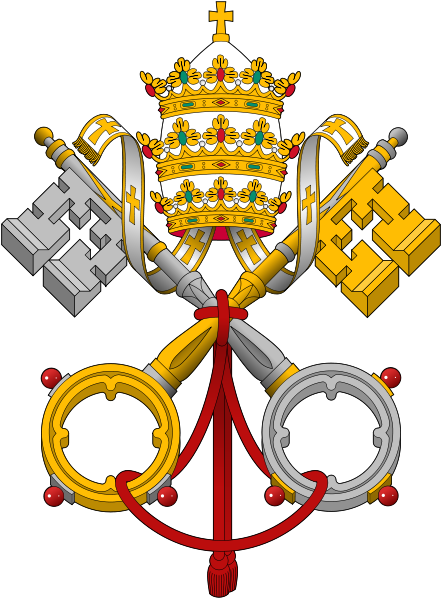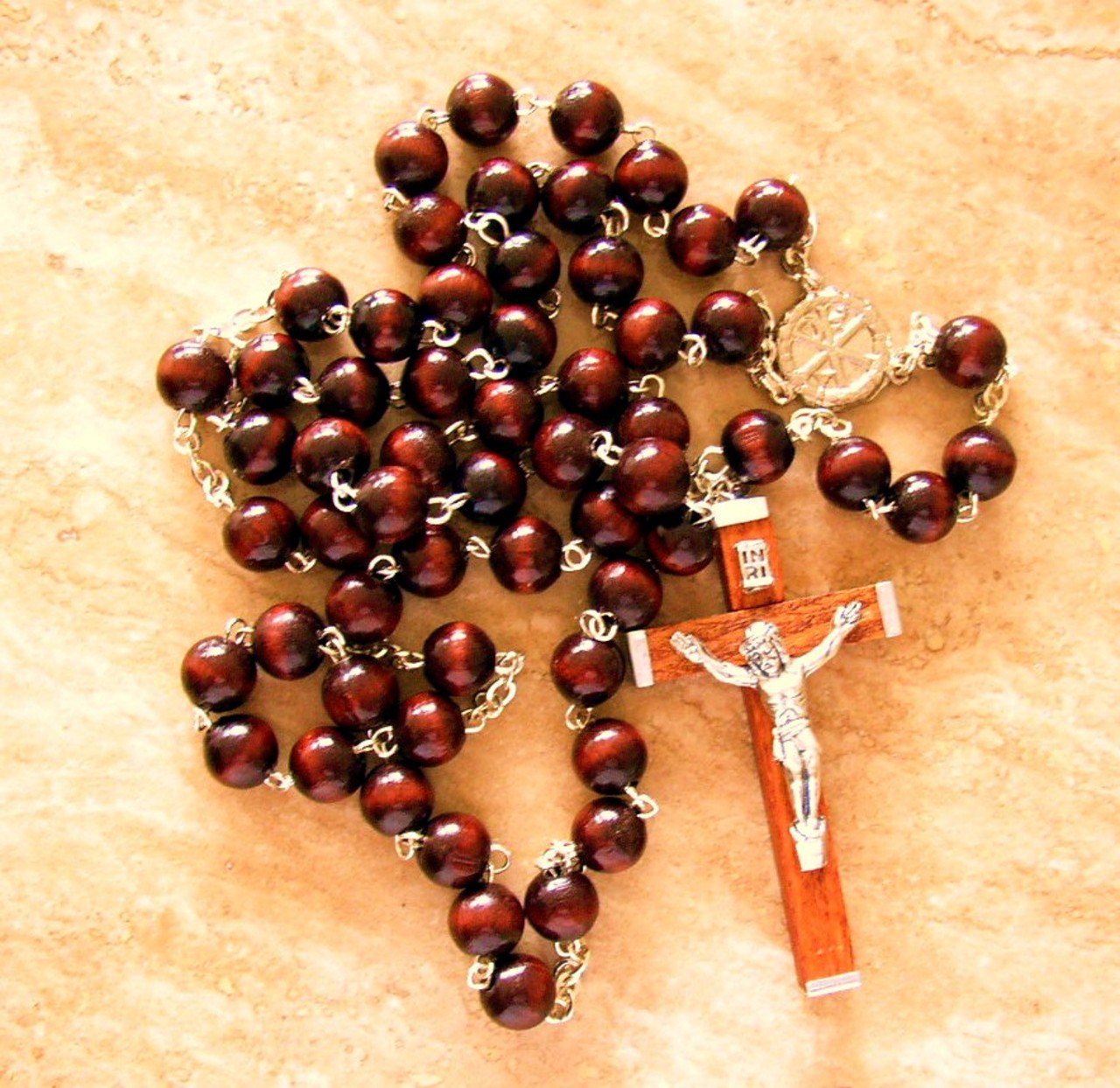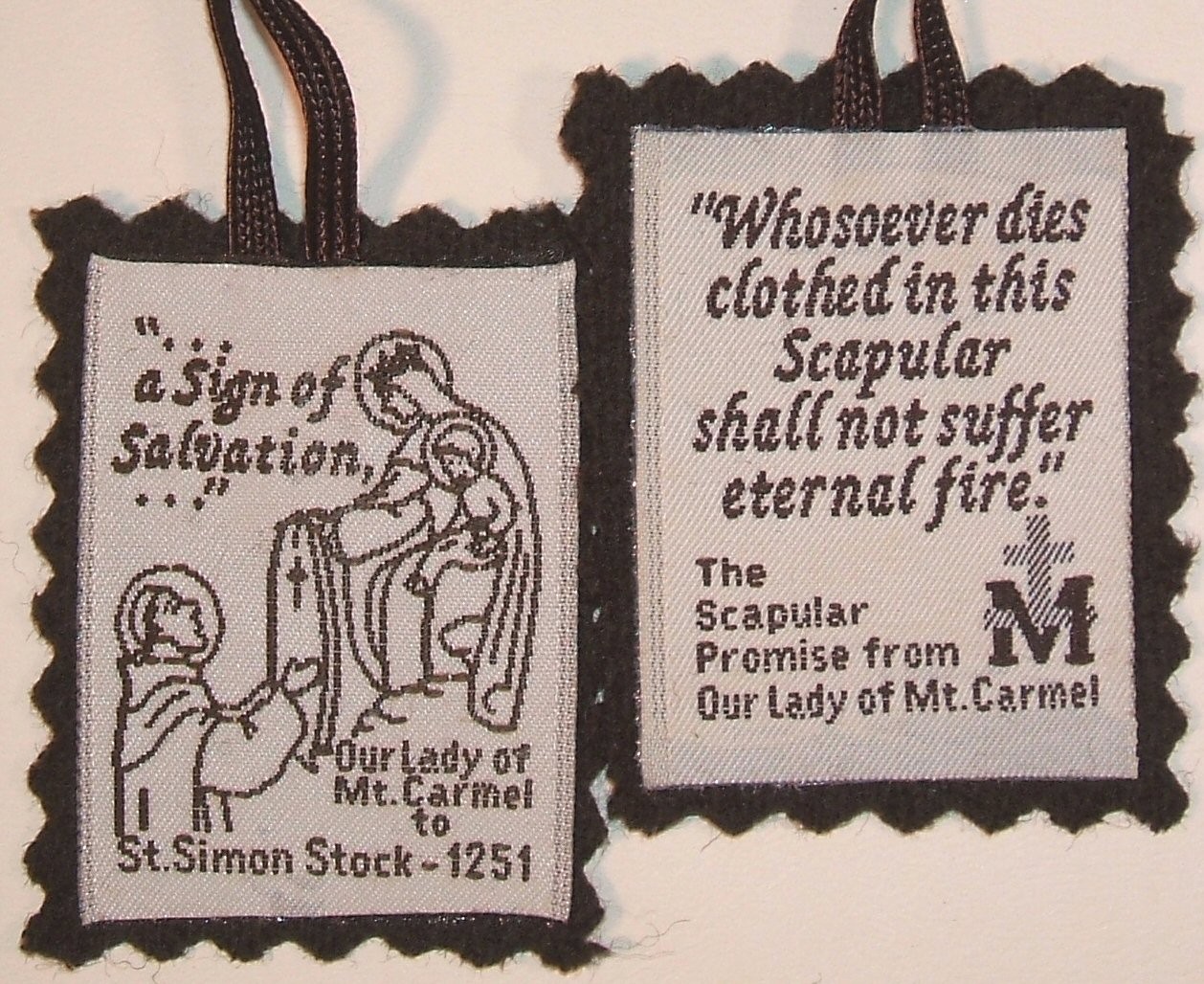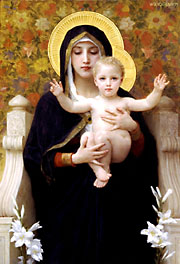 These are some dogmas, doctrines, and practices that have no foundation in the teachings of Our Lord, the Apostles, or the Prophets. The following is just a short list of these teachings that are contrary to scripture. Although many of these beliefs were practiced earlier than the dates given, they did not become binding on the Roman Church until they were officially adopted by the church and proclaimed by the popes as “dogmas of faith.” (earlier dates are approximate)
These are some dogmas, doctrines, and practices that have no foundation in the teachings of Our Lord, the Apostles, or the Prophets. The following is just a short list of these teachings that are contrary to scripture. Although many of these beliefs were practiced earlier than the dates given, they did not become binding on the Roman Church until they were officially adopted by the church and proclaimed by the popes as “dogmas of faith.” (earlier dates are approximate)
- AD 200 Presbyters (or elders) were first called “priests” by Lucian
- AD 300 Prayers for the dead
- AD 375 The veneration or worship of angels and dead saints and the use of images
- AD 378 THE BISHOP OF ROME MADE PONTIFEX
- AD 394 The Mass as a daily celebration was adopted
- AD 416 Innocent I required all Western Churches to conform to the customs of the Church of Rome.
- AD 431 The beginning of the exaltation of Mary, and the first use of the term Mother of God by the Council of Ephesus
- AD 431 Pope claims to possess the keys of Peter
- AD 500 Priests began to dress differently than the laity and to wear special clothes
- AD 526 Extreme Unction or Anointing of the Sick – One of the seven Sacraments, in which a priest anoints and prays for one in danger of death
- AD 533 Edict of Justinian, decreed that the Bishop of Rome was “head of all the holy Churches, and all the holy priests of God”
- AD 593 The doctrine of purgatory was first established by Gregory the Great
- AD 600 Prayers began to be offered to Mary, dead saints, and angels
- AD 610 The first man proclaimed with the title Pope or Pontifex (Boniface III)
- AD 663 Pope Vitalian decrees all masses, prayer, hymns etc. be in Latin
- AD 788 Veneration of the cross, images, and relics authorized
- AD 850 Holy water, mixed with a pinch of salt and blessed by a priest was authorized
- AD 890 Veneration of Saint Joseph
- AD 927 College of Cardinals begun
- AD 995 Canonization of dead saints by Pope John XV
- 11th cen. The Mass developed gradually as a sacrifice, attendance was made obligatory
- AD 1079 The celibacy of the priesthood was decreed by Pope Hildebrand, Boniface VII
- AD 1090 Peter the Hermit introduced the rosary, or prayer beads (copied from Hindus and Mohammedan)
- 12th cen. The seven sacraments as defined by Peter Lombard
 AD 1184 The Rosary was legalized, (before this it had existed for many centuries in many forms) and it was later promoted by the Forth Lateran Council in 1215
AD 1184 The Rosary was legalized, (before this it had existed for many centuries in many forms) and it was later promoted by the Forth Lateran Council in 1215- AD 1190 The sale of indulgences
- AD 1215 The dogma of transubstantiation was decreed by Pope Innocent III
- AD 1215 The Inquisition of Heretics was instituted by the Council of Verona
- AD 1215 Confession of sins to a priest at least once a year was instituted by Pope Innocent III at the Fourth Lateran Council
- AD 1220 The adoration of the wafer (host) decreed by Pope Honorius III
 AD 1251 The scapular (a piece of brown cloth with a picture of the Virgin, supposed to contain supernatural power to protect those who wear it on naked skin from all danger) was invented by Simon Stock of England
AD 1251 The scapular (a piece of brown cloth with a picture of the Virgin, supposed to contain supernatural power to protect those who wear it on naked skin from all danger) was invented by Simon Stock of England- AD 1439 The doctrine of purgatory proclaimed a dogma by the Council of Florence
- AD 1545 Tradition is declared of equal authority with the Bible by the Council of Trent
- AD 1546 The Apocryphal Books were added to the Bible by the Council of Trent
- AD 1585 Jesuit Priest Francisco Ribera introduces the Futurist view of prophecies concerning anti-christ
- AD 1854 The Immaculate Conception of Mary was proclaimed by Pope Pius IX (this doctrine maintains that the Virgin Mary was in the first instance of her conception, preserved from all stain of original sin)
- AD 1864 Pope Pius IX condemns all scientific discoveries not approved by the Roman Church
- AD 1870 Infallibility of the pope in matters of faith and morals proclaimed by the First Vatican Council
- AD 1930 Pius XI condemned the public schools
 AD 1931 Pius XI reaffirmed the doctrine that Mary is The Mother of God
AD 1931 Pius XI reaffirmed the doctrine that Mary is The Mother of God- AD 1950 The dogma of the Assumption of the Virgin Mary was proclaimed by Pope Pius (the belief that Mary ascended bodily into heaven without dying)
- AD 1965 Mary proclaimed the Mother of the Church by Pope Paul VI
